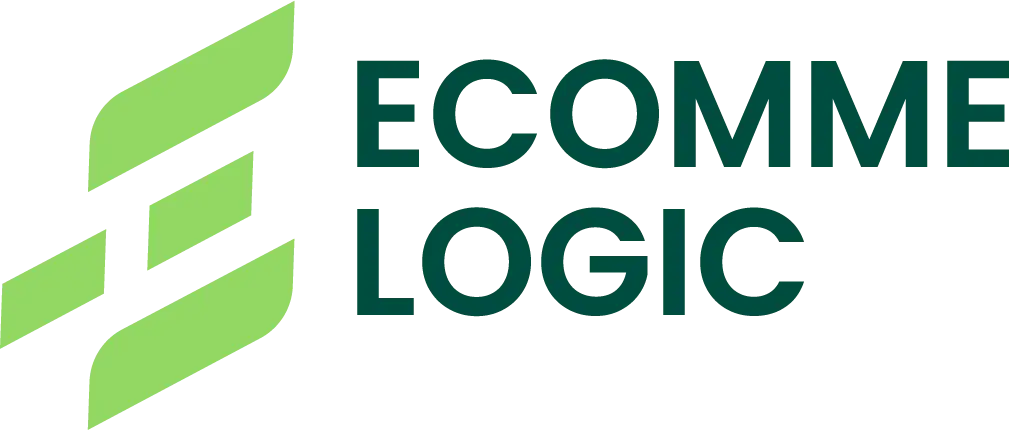As we move deeper into 2025, the digital marketing landscape is being reshaped by three significant forces: artificial intelligence (AI)-powered search, voice search, and Answer Engine Optimization (AEO). These developments are changing how users interact with online content and how businesses must adapt their strategies to remain competitive and visible.
Conducting a thorough audit of your 2025 digital marketing strategy is essential to align with these emerging trends and maximize long-term performance.

Understanding the 2025 Digital Environment
Recent data from Google Trends in the United States indicates a sharp increase in user interest in:
- AI-powered search experiences such as Google’s AI Overviews and conversational results
- Voice-activated search terms, particularly on smartphones and smart speakers
- Answer Engine Optimization (AEO), which focuses on structuring content for AI and voice assistants rather than traditional keyword ranking
Together, these changes reflect a shift from traditional SEO toward a more user-focused, intent-driven model of visibility.
Step 1: Evaluate Your AI-Readiness
Artificial intelligence is now central to how content is discovered. The first step in auditing your strategy is to assess how well your website and content support AI-based discovery.
1.1 Identify AI-Supported Content Performance
Use tools like Google Search Console, Semrush, or Ahrefs to determine if your content appears in featured snippets, People Also Ask (PAA) sections, or AI summaries. These areas are becoming the new top positions in search.
1.2 Improve Structure and Schema
Ensure your content uses clear H2 and H3 headers and incorporates schema types such as FAQ and HowTo. Structured data increases the likelihood that your information will appear in AI-generated replies by assisting AI in understanding its context.
Step 2: Optimize for Voice Search
Voice search is still becoming more popular, especially in mobile settings. Your content must adapt to natural speech patterns and device-specific search behavior.
2.1 Use Conversational Keywords
Focus on long-tail and question-based phrases like “How do I audit my digital strategy?” or “What is AEO in marketing?” These align closely with how users speak their queries into devices.
2.2 Enhance Technical Performance
A responsive, fast-loading website is a requirement for voice search success. Ensure your site loads in under three seconds and is mobile-optimized with intuitive navigation.
2.3 Include Local Intent Where Relevant
If your business operates in a specific region, include local identifiers such as city names or “near me” phrases. Voice search often involves local intent, especially for services.
Step 3: Implement Answer Engine Optimization (AEO)
AEO focuses on structuring content to be selected by AI tools and voice assistants as the definitive answer to a user query.
3.1 Develop Q&A Content Sections
Incorporate sections within key pages that directly address common questions. Keep answers concise, typically between 50 to 200 words, and structure them clearly for readability.
3.2 Align with EEAT Principles
Content that exhibits Expertise, Experience, Authoritativeness, and Trustworthiness (EEAT) is given priority by Google. Use credible sources, expert authors, and ensure all information is current and accurate.
Step 4: Integrate AEO with Traditional SEO
Both AEO and conventional SEO techniques must be balanced in today’s digital campaigns. The following comparison highlights how they work together:
| Focus Area | Traditional SEO | Answer Engine Optimization (AEO) |
| Keyword Strategy | Short-tail and phrase targeting | Conversational, long-tail questions |
| Content Style | Long-form blog and service pages | Structured, concise Q&A sections |
| Technical Elements | Meta tags, backlinks, site speed | Schema markup, mobile UX, clear answers |
| Visibility Metric | SERP ranking, CTR | Snippet inclusion, voice and AI citations |
By integrating both approaches, you can improve search visibility across conventional and emerging formats.
Recommended Tools for Your Audit
To effectively audit and adjust your strategy, consider using the following:
- Google Search Console – Monitor keyword performance and visibility
- AlsoAsked.com – Discover user-driven questions and search patterns
- Surfer SEO or Clearscope – Optimize content based on AI-focused structure
- ChatGPT – Generate natural language and user-centric content prompts
- Yoast SEO or Rank Math – Add structured data and manage on-page SEO elements
Quick Audit Checklist
- Run an SEO crawl to identify technical and content gaps
- Review top pages for featured snippet and voice search inclusion
- Optimize for question-based and conversational keywords
- Implement structured schema and concise answer sections
- Track snippet appearances and AI-generated mentions
Conclusion
In 2025, effective digital marketing is no longer about simply ranking on page one. It’s about becoming the selected answer—whether delivered by a search engine, a voice assistant, or an AI-powered overview.
By auditing your strategy through the lens of AI, voice search, and AEO, you position your brand for long-term success in a fast-evolving digital environment.
Begin by evaluating your top-performing pages, implement structured Q&A sections, and expand this framework throughout your site. The brands that act early will be the ones that lead in the next generation of digital visibility.

